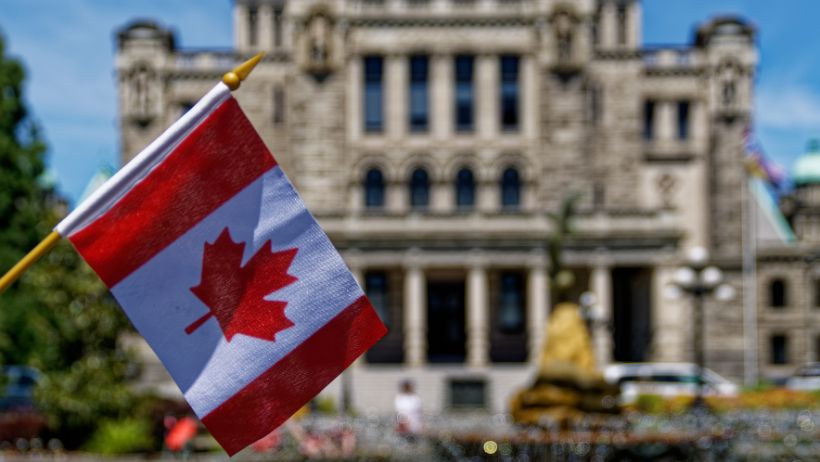What Canada’s Study Permit Restrictions Mean for International Students
Canada, renowned for its welcoming stance towards international students, is undergoing a significant shift in its approach to managing the influx of foreign learners. Recent announcements by Canada’s Immigration Minister, Marc Miller, have revealed plans to restrict the issuance of study permits for college and undergraduate international students in 2024.
To address what it deems as “unsustainable growth” in its international student program, the Justin Trudeau government has set a cap on study permit applications. Initially, a cap of approximately 360,000 study permits was proposed to reduce approved numbers by 35% over the subsequent two years. However, Minister Miller clarified that while he has authority to limit the processing of applications, he cannot restrict the actual issuance of visas.
The cap aims to align intake levels with the population dynamics across Canada. Excluding certain educational programs, such as primary, secondary, and higher education at the master’s and doctoral levels, the cap translates to an estimated 360,000 approved study permits for the year 2024, assuming a 60% approval rate.
Responsibility for implementing the study permit cap rests with provincial governments, which are expected to issue Provincial Attestation Letters (PALs) to eligible international students. To apply for a PAL, new applicants must obtain both a letter of acceptance (LOA) and a PAL from Designated Learning Institutions (DLIs) in each province.
While British Columbia and Alberta have already announced their PAL delivery systems, other provinces are expected to follow suit by March 31, 2024. This deadline marks a significant change for international students aspiring to study in Canada, as they now face additional requirements and regulations in the application process.
The introduction of study permit restrictions underscores Canada’s commitment to managing its international student program more sustainably. By aligning visa issuance with population dynamics and introducing provincial oversight, the government aims to ensure that the benefits of international education are balanced with the needs and capacities of Canadian communities.
As the deadline for PAL implementation approaches, prospective international students and educational institutions alike must stay informed about the evolving regulations and adapt their plans accordingly. While these changes may present challenges, they also reflect Canada’s ongoing efforts to maintain the integrity and sustainability of its education system in the face of growing global demand.

